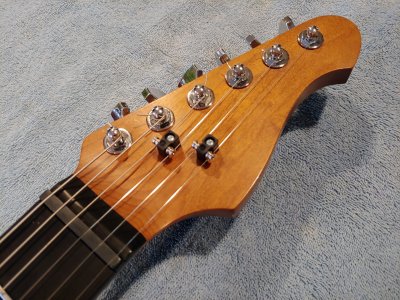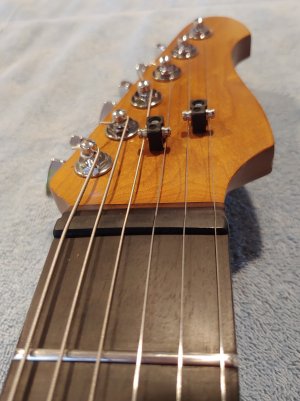stratamania
Mythical Status
- Messages
- 12,277
Looks like they have added a mm to the length of each tuner in the standard set to account for the UMP plate which I don't use.
Though sitar sounds are usually nut related when too wide or deep, if the string tree has solved it for you that is great but there can be a fine tolerance between a nut sitar-ing and not doing so.
Though sitar sounds are usually nut related when too wide or deep, if the string tree has solved it for you that is great but there can be a fine tolerance between a nut sitar-ing and not doing so.





